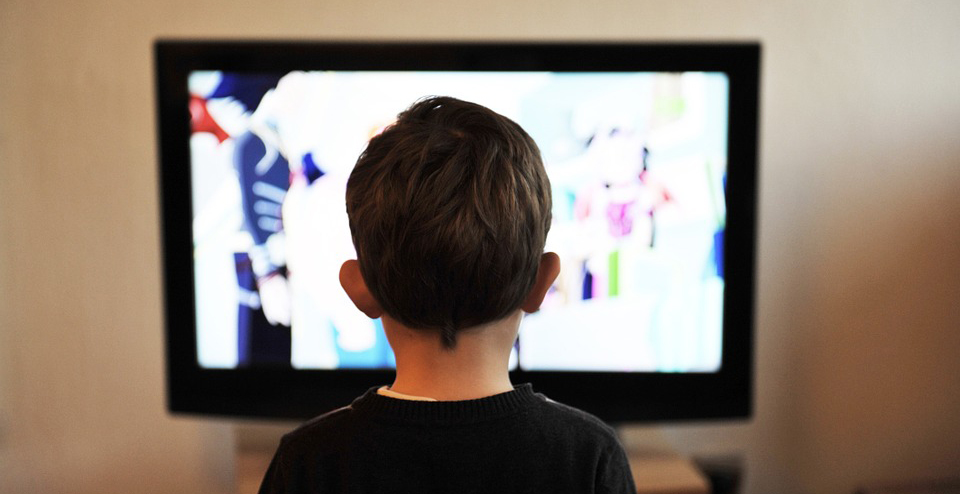
Those who read my blog on a regular basis know that I don’t get cable. Instead, my family utilizes a combination of streaming services that include Netflix, Hulu, Amazon and Sling (and yes, I still save a ton of money). I am part of a growing minority in the United States known as cable cutters, and for the most part, we view television shows without commercials.
So, considering I’m in the marketing and brand-building business, what does that mean for me and my clients in the long term? Well, it means that traditional TV no longer enjoys the reach advantage it has always bragged about (excluding sports and other live events, of course). But it also means that – out of necessity – traditional TV commercials are being replaced more and more by product placement. You don’t have to look very hard to see this, as the characters in your favorite TV shows chat about their new Toyotas or eat McMuffins in an all-too-obvious way, angling the branded packaging just so (the Mindy Project on Hulu does this in such unintentionally clumsy ways that it makes me cringe).
As I watched Game of Thrones on HBO NOW over the weekend (yes, I still watch GOT, though I often ask myself why), it occurred to me that a show like GOT provides scant few opportunities for the placement of products (unless you have a company that makes medieval axes, I suppose). And that made me think of all the companies that sell only services, but no products (insurance, banking, investments, education, etc). How do they get their brand into a movie or TV program without commercial breaks?
Well, once in a while it can make sense to squeeze a service-based brand into a program (sometimes the plot takes the characters to a branded office building, for example, but since it often involves a crime scene, I’m not sure how beneficial these placements are). More often than not, service providers are simply left out of the new product placement paradigm (how’s that for alliteration?).
Thankfully, as the world of video and filmmaking moves more and more online, the digital world around them is evolving to offer new opportunities with which to build our brands. A quick search on YouTube on the morning after a new GOT episode, for instance, reveals dozens of podcasts, reaction shows, reviews, recaps, fan theories and related talk show appearances. GOT fans (and there are a lot of them – issues of US magazine sometimes looks like a brochure from the Renaissance Fair) flock to this online content after each episode to bask in the afterglow. The same can be said for programs on Netflix, Amazon, etc.
It’s simple to place your video ads with these programs, and it’s fairly inexpensive to do so. HBO and Netflix may get our money via their subscription fees, but companies like Google and Twitter and Facebook do even bigger business by providing program-adjacent space for sponsors before, during and after the show. It’s a complicated business model, to be sure, but the resulting symbiosis is a convenient way to build brands for those wishing to be part of the action.
Streaming services aren’t killing TV, they’re just changing it. And as a result, marketing professionals like myself actually have more places to tell our story. It’s all about vision, I suppose: when you seek out opportunities rather than obstacles, you tend to find what you are looking for.